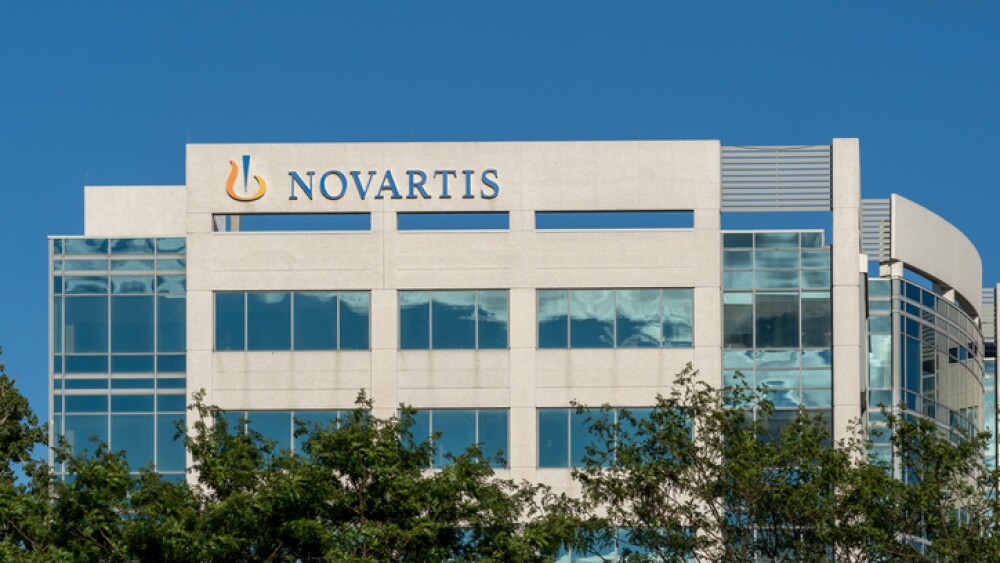According to the Environmental Litigation Group, P.C., approximately 37.5% of all occupational lung cancer cases are related to occupational asbestos exposure.
While the urgent global need for a COVID-19 vaccine has recently put a spotlight on messenger RNA (mRNA) technology, this platform has long been under investigation by the biopharmaceutical industry for use against another urgent need –fast-acting cancers characteristic of occupational hazards like asbestos and per- and polyfluoroalkyl substances (PFAS).
Carcinogenic Concerns
Class-action lawsuits for employees who develop lung cancer or mesothelioma are neither alien to public awareness, nor are they addressed as seriously as they ought to be. More frequently, they are maligned as late-night television interruptions and infomercial tactics than as subjects of serious or heartfelt discussion in mainstream entertainment.
As expected, the reality is far more severe: lung cancer already has a lower survivability rate after five years than other prominent cancers such as prostate (98%) and breast (90%), at only 19%. Compounding this for victims of occupational lung cancer is the 15-to-35-year development gap between asbestos exposure and onset of lung cancer symptoms.
The result? According to the Environmental Litigation Group, P.C., approximately 37.5% of all occupational lung cancer cases are related to occupational asbestos exposure, even three decades after its carcinogenic properties were proven. Additionally, it remains the primary cause of mesothelioma development, with about 10% of employees exposed to asbestos developing pleural mesothelioma, and the life expectancy of most mesothelioma patients is a mere 12 to 21 months from diagnosis.
“If we take a step back and look at the history of occupational toxic exposure in the U.S, we not only see an extremely grim picture but the numbers start to make sense,” Environmental Litigation Group CFO Jonathan Sharp told BioSpace. “For decades, asbestos has been one of the most popular materials and was used virtually in every industry, and in so many products thanks to its insulating properties. From mechanics to insulators, power plant workers, railroad workers and basically every occupation related to construction to name the least, they all have regularly used asbestos products and most probably without any type of protection, as its risks (although known among manufacturers) were largely kept hidden.”
This litigation group has been conducting industry research and working with medical experts to support victims of occupational cancers for over 25 years, but highlights a specifically underserved demographic in this regard – United States veterans.
“I feel like at this moment there is not enough urgency for concrete and viable solutions regarding veterans’ toxic exposure. Aside from [the above examples], asbestos was an extremely popular material aboard Navy ships, meaning that a high number of veterans were also repeatedly exposed to asbestos up until its ban in the 1980s,” Sharp said. “Veterans have been exposed throughout time to a myriad of chemicals such as agent orange, PFAS, PCE [Perchloroethylene], TCE [trichloroethylene], PCB [polychlorinated biphenyl], burn pit fumes and many others. Finally, combine all of this with a high prevalence of smoking, and it is the perfect recipe for the increased development of lung cancer.”
Carcinogenic Counters
Cancer vaccines are not a new idea: whether the vaccine is preventative, or one part of a multi-factor immunotherapy regimen, packaging treatments behind a viral mask has many potentially alluring benefits. For example, in early December, Norwegian pharmaceutical company Ultimovacs announced that the U.S. Food and Drug Administration granted its cancer vaccine, UV1, orphan drug designation.
While UV1 implements specific amino acid chains representative of the human telomerase enzyme’s (hTERT) reverse transcriptase subunit to help the native immune response target cancer cells, cancer vaccines that utilize mRNA technology have therapeutic potential in low-treatment option cancers, including many of those linked to occupational hazards.
Of course, few do mRNA technology research of this caliber like Germany’s BioNTech. As a leading proponent of mRNA technology advancement, BioNTech has invested more in this particular research niche than any other biopharmaceutical company currently pursuing the development of similar innovations. The company is involved in approximately 18% of clinical trials related to mRNA vaccines being applied to oncology.
Among BioNTech’s diverse and multiplicative research pipeline are potential shining stars like BNT211. A poster detailing the Phase I/II clinical trial for this asset was presented in a late-breaking session at the 36th Annual Meeting of the Society for Immunotherapy of Cancer (SITC). While BNT211 is actually a chimeric antigen receptor (CAR)-T cell product designed to target the tumor-specific antigen Claudin-6, preclinical studies demonstrated that in vivo expansion of adoptively transferred CAR-T cells improved significantly when BNT211 was administered in combination with an RNA-based CAR-T cell amplifying vaccine. The trial is ongoing, but recruitment is open for patients with CLDN-6 positive relapsed or refractory advanced solid tumors across lung, gastric, ovarian, endometrial and testicular cancers.
Another notable product candidate is BNT122, an mRNA-based, patient-specific cancer antigen therapy currently undergoing a Phase II trial with approximately 200 high-risk colorectal cancer patients. Yet another is BNT411, which, while not using mRNA-based technology itself, is designed to work in combination with drugs atezolizumab, carboplatin and etoposide to target chemotherapy-naïve small cell lung cancer. Small cell lung cancer is the rarest kind of lung cancer, comprising only about 10-15% of all lung cancer cases, and therefore has a uniquely high need that BioNTech is aiming to meet.
They aren’t the only players in this space, though. CureVac is the second most frequent researcher of mRNA vaccine technology in oncology. While the company, also based in Germany, has only one mRNA cancer vaccine treatment presently undergoing clinical trials in the U.S., their product candidate CV9202 targets non-small cell lung cancer. This type of lung cancer is the most common, accounting for approximately 85% of all cases.
As of yet, no trials have been completed that assess a mRNA vaccine therapy for safety or efficacy against mesothelioma, but the Antwerp University Hospital in Belgium is currently in the process of recruiting for and conducting a multicenter Phase I/II study with the intent to demonstrate the feasibility and safety of mRNA-loaded dendritic cell vaccination in malignant pleural mesothelioma.
While this study is not projected to be complete until 2023 at the earliest, increasing attention to the development of mRNA vaccine therapies has resulted in increased interest in its potential, which can only further benefit efforts that have already been made in its application to oncology.





